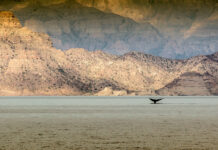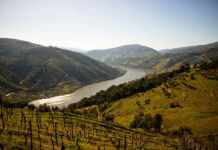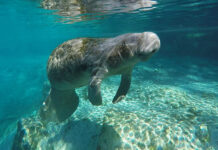Soaring over azure water flowing through granite gorges from the Southern Alps to the Pacific Ocean, it’s hard to argue with the locals who claim this is the best place on earth.
The west coast of New Zealand’s strikingly scenic South Island is, in a word, pure.
Unsullied rivers of drinkable water cut through a region characterized by rainfall, lush forest and sparse population. With much of the landscape unaltered by human touch, roads are often not an option for access. Instead, helicopters are a standard shuttle service.
It’s an experience Barny Young will never tire of. A North Island native who transplanted south to West Coast kayaking hub Hokitika, Young says heli shuttles are part of what makes the area bucket-list material.
After a drop off at the put-in, a pilot flies gear and food—cheeses, avocado, steak; no need to pack light—to the spot downstream where paddlers will end their day at a comfortable backcountry hut.
If you have 2 weeks…
Fly into Christchurch and drive three hours to Hokitika. Warm up on one-day walk-in trips like the Lower Kakapotahi (Class IV) before starting into a series of class IV and V, two-day-long adventures—the typical length of a river trip in a small country where it’s only a 40-kilometer trip from the Alps to the ocean.
If you have a month…
Fly into Nelson, rent a car and drive to Murchison, where class II and III whitewater serves as a warm up en route to the West Coast’s more difficult backcountry trips.
If you have 6 weeks or more…
Fly into Auckland to experience the North Island’s whitewater highlights before driving to Welland to catch a ferry to the South Island. From there, hit Murchison before heading to more committing class IV-V West Coast whitewater.
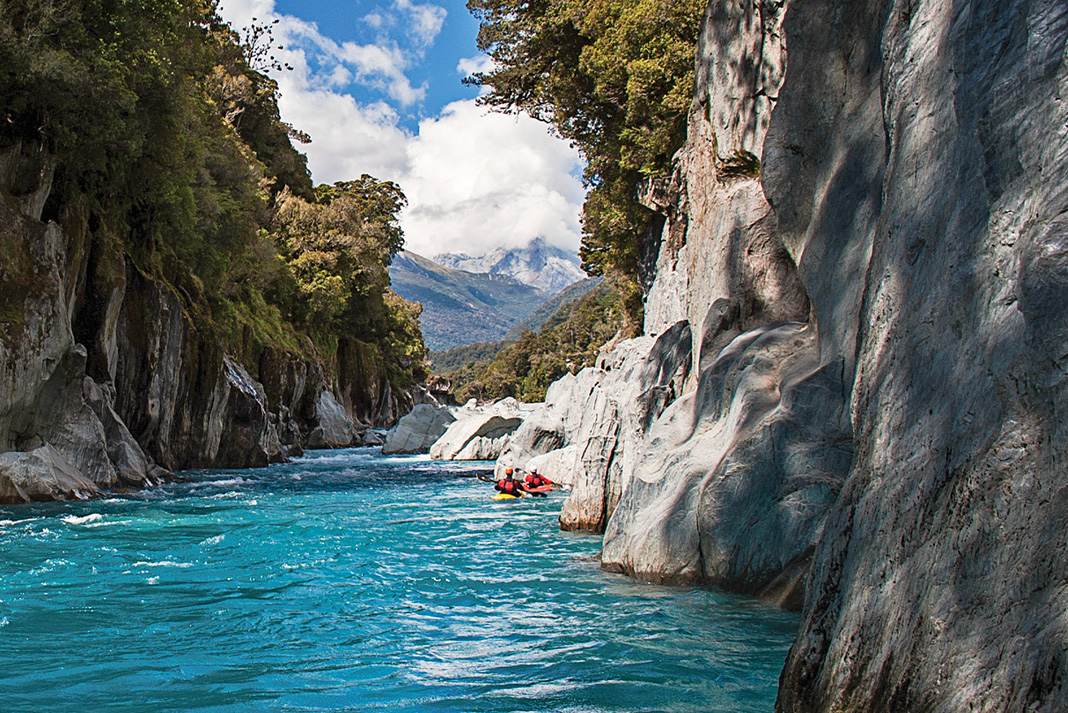
Transport
Rent a car on arrival. Insurance in NZ is easy and affordable—don’t risk it. For a the full New Zealand experience of a month or more, buy a van or station wagon to accommodate friends, kayaks and equipment. www.trademe.co.nz.
Shuttles
A pilot shuttles you and your kayaks to the put-in then drops gear at your evening’s destination. The average cost of a shuttle is between $150 and $250 NZD. Kokatahi Helicopters (03 755-7912); Alpine Adventures (www.scenic-flights.co.nz).
Backcountry huts
New Zealand’s Department of Conservation maintains backcountry huts scattered on the banks of West Coast rivers. They have a stove and four to six bunk beds, and cost $5 a night. Visit www.doc.govt.nz to browse huts by region.
Gear
If you’re travelling from the USA, Young recommends bringing your own equipment. For Canadian travellers, he’s seen the cost of flying with boats add up to more than the cost to buy used gear in NZ. Check with your airline before making the call. To buy, sell and swap, check www.rivers.org.nz.
Read Up
For stories and descriptions of over 180 kayaking runs, and to plan your route, shuttles, accommodations and more, pick up the bible of kiwi river trips, New Zealand Whitewater by Graham Charles.
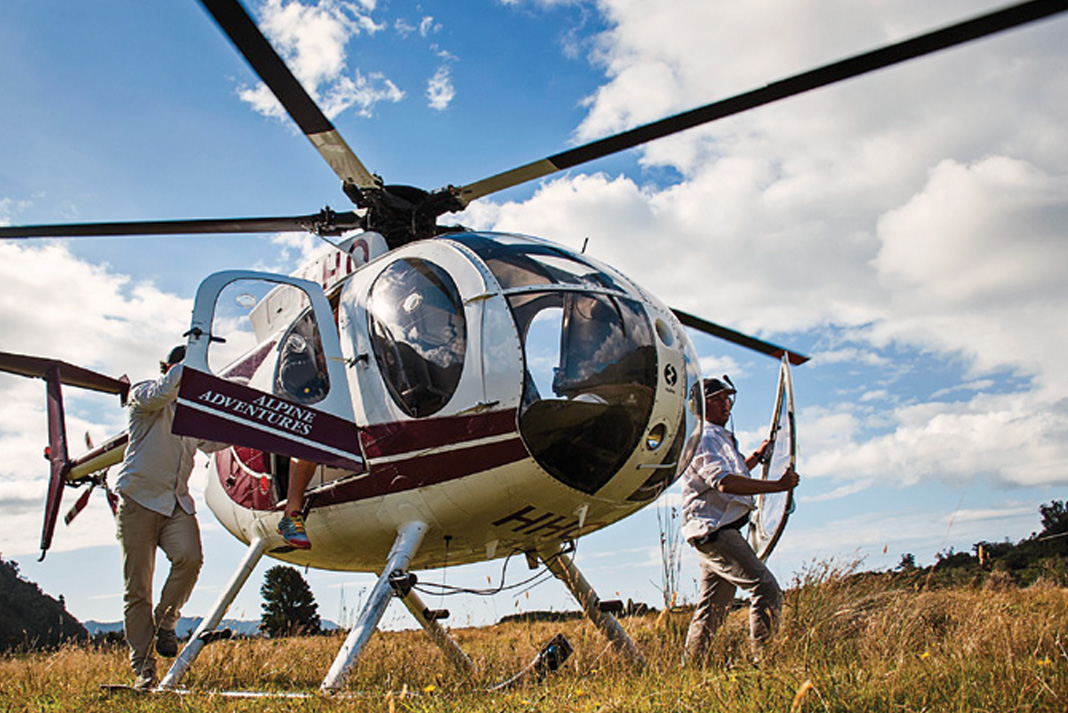
Hit List Of West Coast Rivers:
“I know a lot of people are biased and like to act like where they’re from is the best,” says Young. In this case, he swears it’s true. Don’t argue before running his list of must-hit West Coast rivers:
1. Kokatahi River.
Steep one-day run with spectacular gorges and classic moves from top to bottom.
2. Upper Whitcombe River.
Two days of continuous whitewater and awesome huts.
3. Upper Perth River.
Two days with a glacier backdrop and less committing whitewater. Challenging whitewater for those who want to step it up. Day one can be short, so have plenty of food and wine waiting at Scone Hut.
4. Kakapotahi.
A half-day trip with drive-in access—best bang for your buck run on the West Coast. Quick and easy.
5. Mungo River and Hokitika.
Two days of committing and scary whitewater with beautiful gorges. The view from Serpentine hut is a highlight.
Find a catalogue of Barny Young’s NZ and international adventures atwww.facebook.com/gradientandwater.
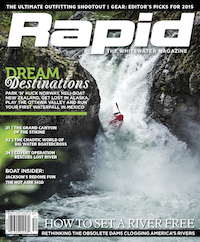
Subscribe to Paddling Magazine and get 25 years of digital magazine archives including our legacy titles: Rapid, Adventure Kayak and Canoeroots.




